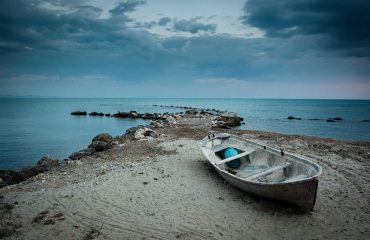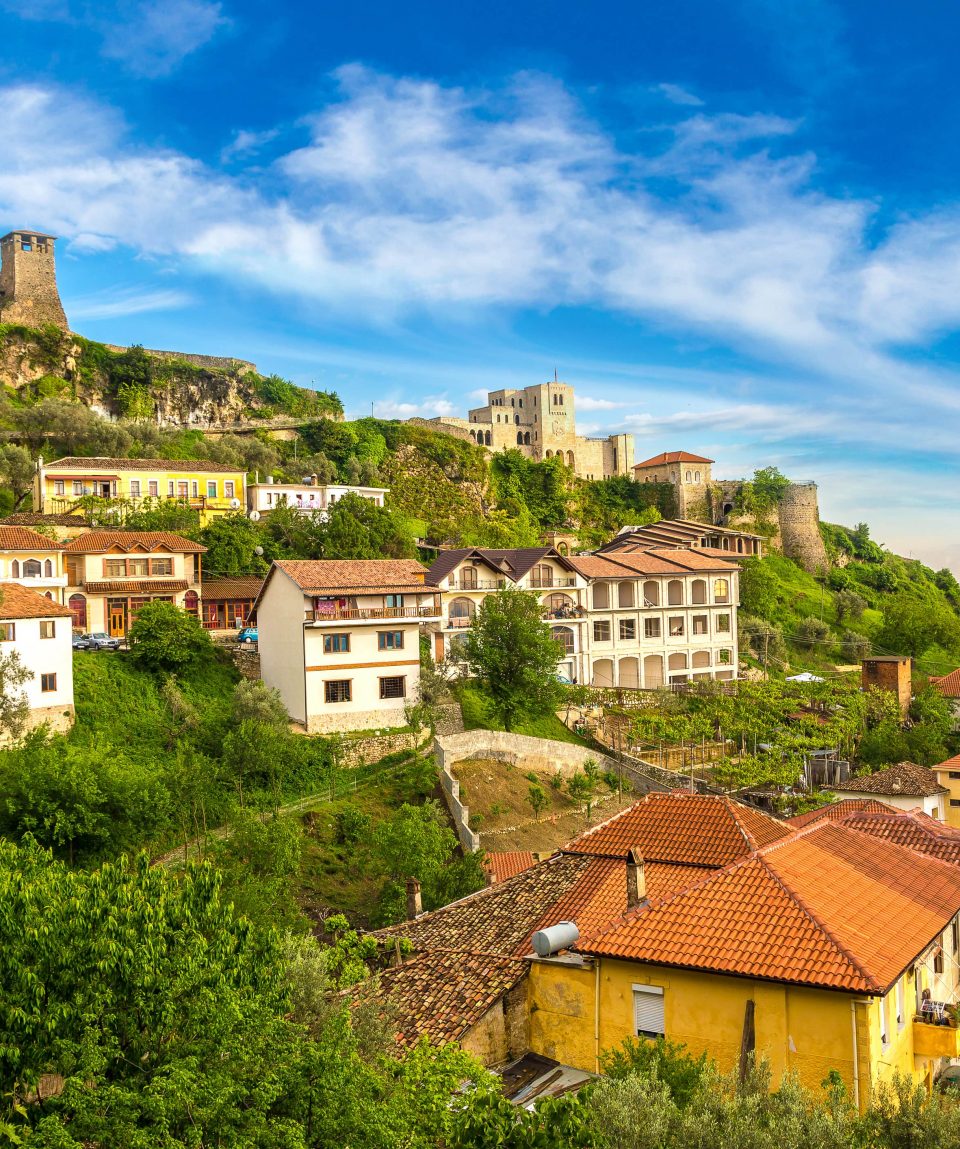ALBANIA & MACEDONIA & GREECE 10 DAYS
Group size 10 Start Tirana
Countries 3 End Tirana
-
Reviews 0 Reviews0/5
-
Vacation Style Holiday Type
-
Activity Level Challenging
-
Group Size Medium Group
Greece, the “cradle of Europe”, Macedonia, the legacy of Alexander the Great, and Albania, the former bulwark of the West – three countries that made significant history, three countries that have had a significant impact on our Europe. Let your imagination be inspired by the impressive relics of the past: follow in the footsteps of the ancient Greeks, see in your mind the hosts of the mighty Macedonian kingdom marching against the Persians, follow the Roman Via Egnatia, which connected Constantinople with Rome, and fever with the Albanian national hero Skanderbeg, who defied for decades of Ottoman supremacy.This journey presents an abundance of ancient testimonies between the Orient and the Occident: you will see, among other things, the burial chamber of Philip II, father of Alexander the Great, the ancient city of Butrint, Skanderbeg’s Kruja fortress and the convents of Meteora enthroned on rocky spiers. On an exciting city tour you will discover the northern Greek Thessaloniki and Tirana, the colorful capital of Albania.

- 9 overnights: 2 x Tirana, 2 x Ohrid, 2 x Kozani, 2 x Saranda, 1 x Vlora.
- All-route English-speaking guide.
- Meals: BB + dinner in Skopje.
- Transfer by modern coach throughout the whole trip.
- English-speaking city tours (or other languages required): Tirana, Ohrid, Bitola, Nymfaio, Kastoria, Vitsa, Butrint, Apollonia, Berat.
- Entrance + guided tours: all sacred buildings according to program, National Museum in Tirana, Monastery “Sveti Naum”, Samuil Castle in Ohrid; Heraclea Lynkestis in Bitola, St. Stephen’s Abbey, the Great Meteora Monastery in Meteora; Ruin site in Butrint, ruin site and museum in Apollonia, Onufri Museum in Berat.
- Other highlights: Boat trip in Ohrid.
- Optional: Excursion to Vergina, boat trip Saranda-Corfu-Saranda.
- Visa Fee
- Travel Insurance
- Flights
- Single Supplement
- Any meals not mentioned
- Any transfers not mentioned (e.g. first and last day)
- Any expenses of a personal nature
- Camera/video permits
- Tips to the guide and driver
-
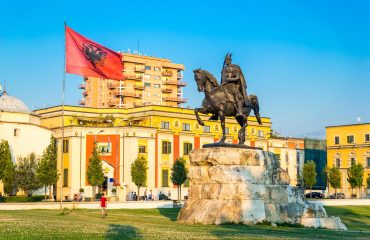 Skanderbeg square with flag, Skanderbeg monument and The Et'hem Bey Mosque in the center of Tirana city, Albania.
Skanderbeg square with flag, Skanderbeg monument and The Et'hem Bey Mosque in the center of Tirana city, Albania.
-
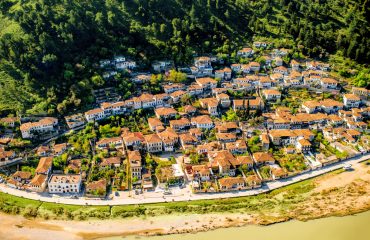 Historic city of Berat in Albania, World Heritage Site by UNESCO, top view from the castle
Historic city of Berat in Albania, World Heritage Site by UNESCO, top view from the castle
-
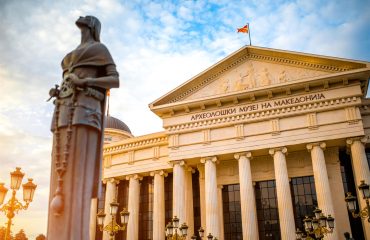 Skopje
Skopje
-
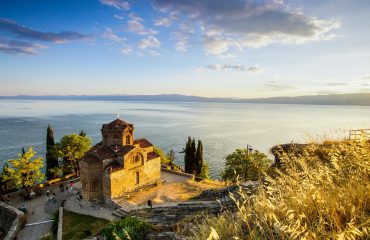 Church of St Johan at Kaneo on the Lake Ohrid in Macedonia during sunset
Church of St Johan at Kaneo on the Lake Ohrid in Macedonia during sunset
-
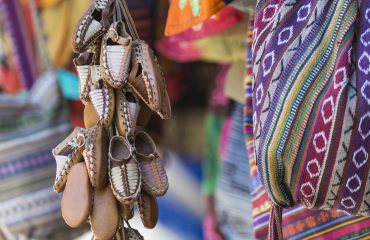 Traditional leather shoes, Skopje, Macedonia.
Traditional leather shoes, Skopje, Macedonia.
-
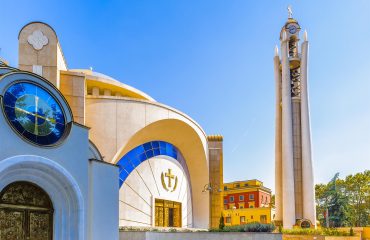 Muslim mosque in Tirana, the capital of Albania
Muslim mosque in Tirana, the capital of Albania
-
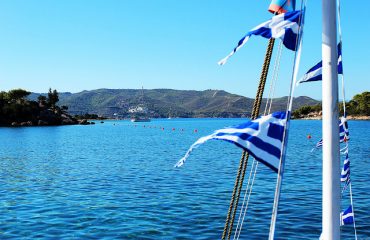
-
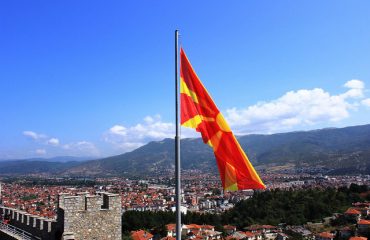
-
